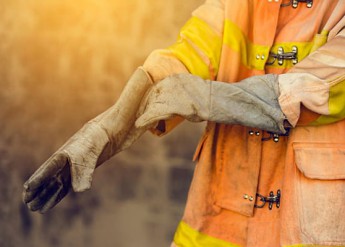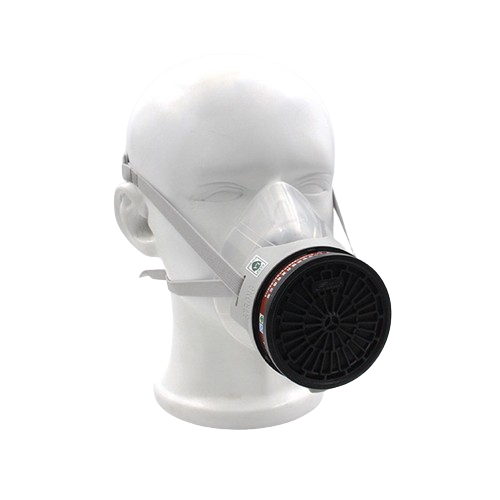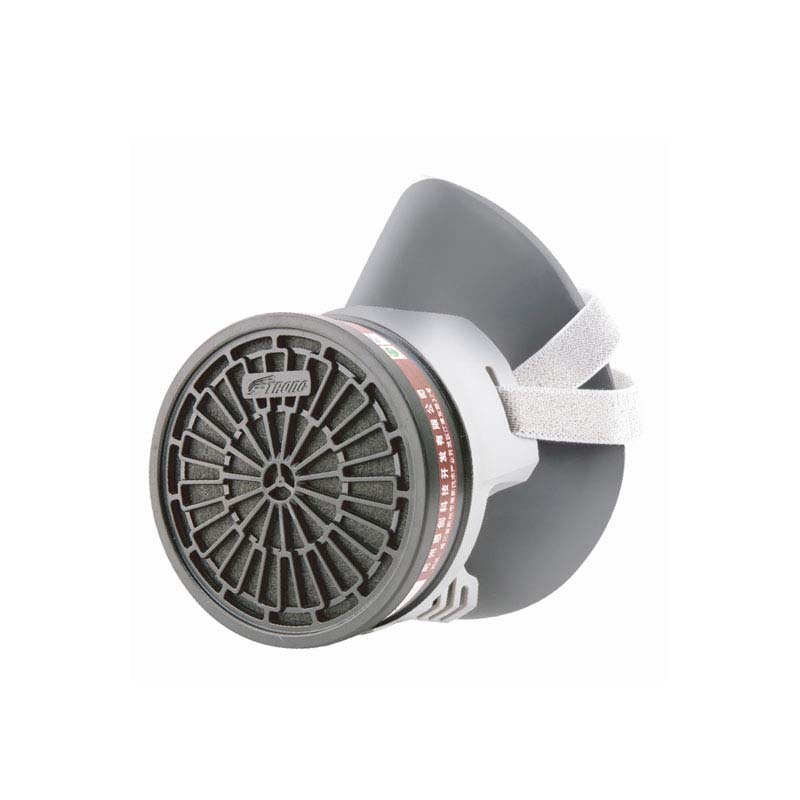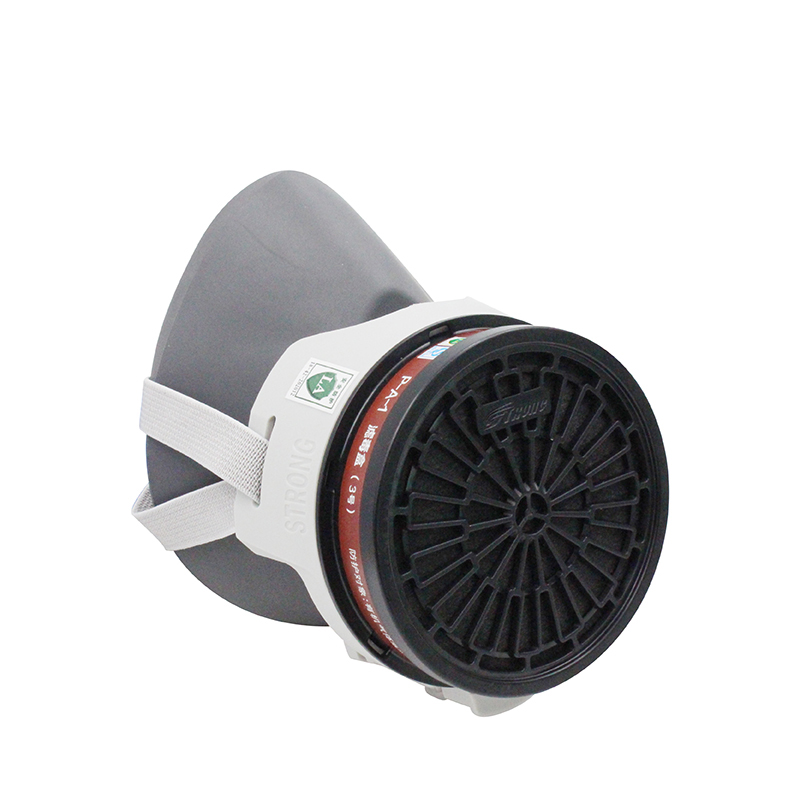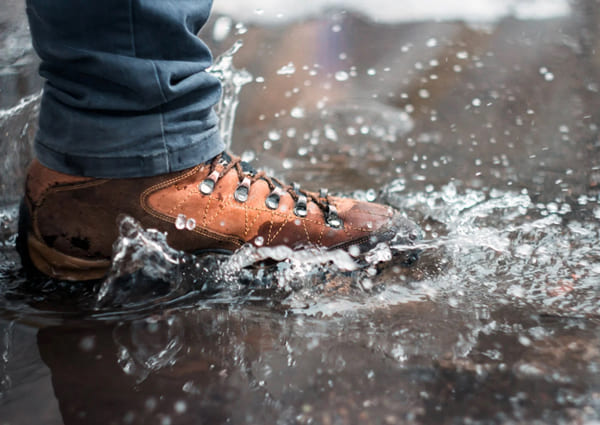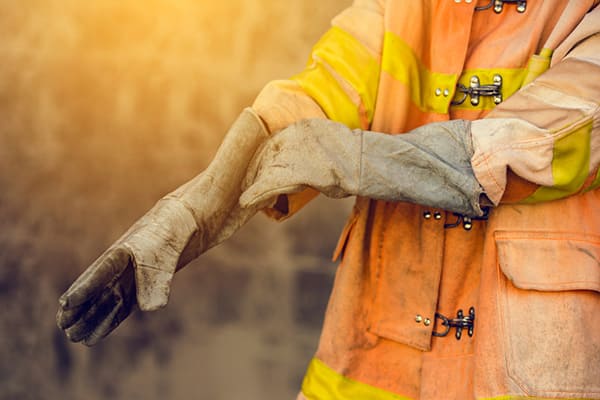What Are Heat-Resistant Gloves For?
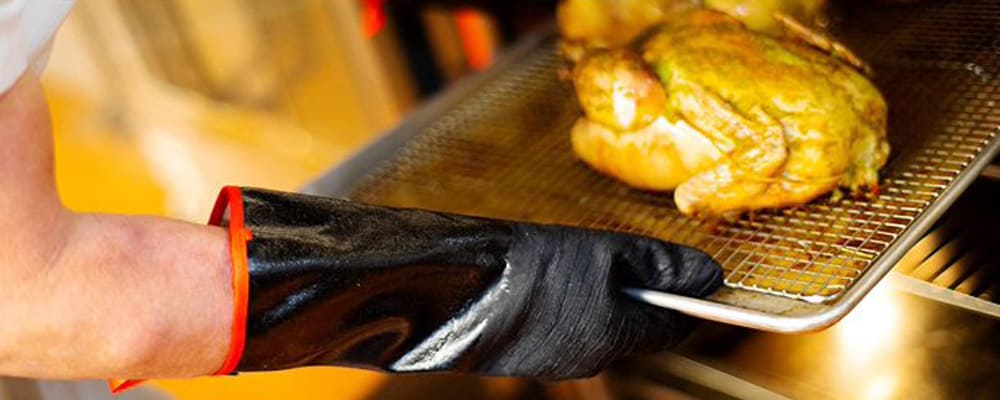
Heat-resistant gloves are specialized hand protection gear designed to safeguard individuals from burns and injuries while working in environments with high temperatures. These gloves offer a crucial layer of defense against thermal hazards and play a vital role in various industries and activities. In this article, we will explore the purposes and applications of heat-resistant gloves.
Industrial Applications:
Heat-resistant gloves are extensively used in industrial settings where workers encounter high temperatures during their tasks. Industries such as manufacturing, metalworking, welding, and foundries involve processes that generate intense heat. Heat-resistant gloves provide essential protection to workers handling hot materials, operating machinery, or working near furnaces and kilns. These gloves safeguard against radiant heat, direct contact with hot surfaces, and potential splashes of molten metal or hot liquids.
Cooking and Culinary Use:
In the culinary world, heat-resistant gloves are indispensable for professionals working in kitchens, bakeries, and food processing facilities. These gloves enable chefs, bakers, and food handlers to handle hot pans, pots, trays, and utensils without the risk of burns. Heat-resistant gloves also provide an extra layer of safety when working with open flames, grills, and ovens. They allow individuals to work efficiently and comfortably in high-temperature environments, ensuring the safe preparation and handling of food.
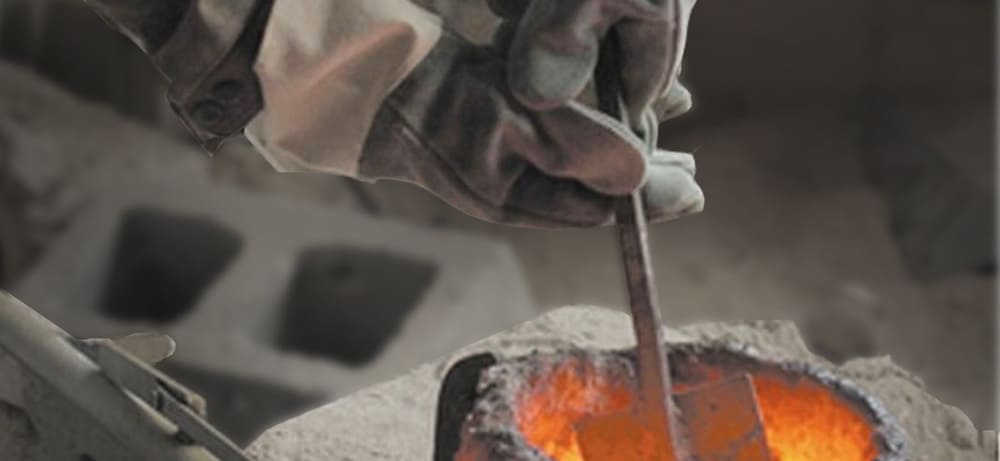
Laboratory and Scientific Work:
Laboratory technicians, researchers, and scientists frequently work with equipment and materials that involve heat. Heat-resistant gloves are crucial in these environments to protect against accidental contact with hot surfaces, handling heated substances, or conducting experiments with open flames. These gloves offer thermal insulation and reduce the risk of burns, allowing individuals to carry out their work safely and effectively.
Firefighting and Emergency Response:
Heat-resistant gloves play a significant role in firefighting and emergency response situations. Firefighters rely on specialized gloves that provide exceptional heat resistance and insulation to protect their hands from extreme temperatures encountered during firefighting operations. These gloves allow firefighters to handle hot objects, debris, and equipment safely, enabling them to perform critical tasks while minimizing the risk of burns.
Welding and Metalwork:
Welders and metalworkers work in environments with intense heat and molten metal. Heat-resistant gloves specifically designed for these tasks offer superior protection against sparks, radiant heat, and flying metal debris. These gloves are often made from durable materials such as leather or aramid fibers, providing a barrier against heat and potential injuries caused by the welding process.
Conclusion:
Heat-resistant gloves serve a variety of purposes and are indispensable in industries and activities involving high temperatures. From industrial applications to culinary use, laboratory work, emergency response, and welding, these gloves provide essential protection against thermal hazards. By investing in high-quality heat-resistant gloves and choosing the right pair for specific applications, individuals can ensure their safety, enhance productivity, and prevent injuries in environments where heat is a potential risk.



